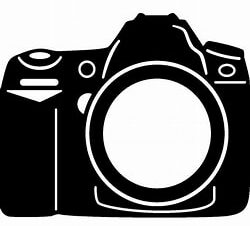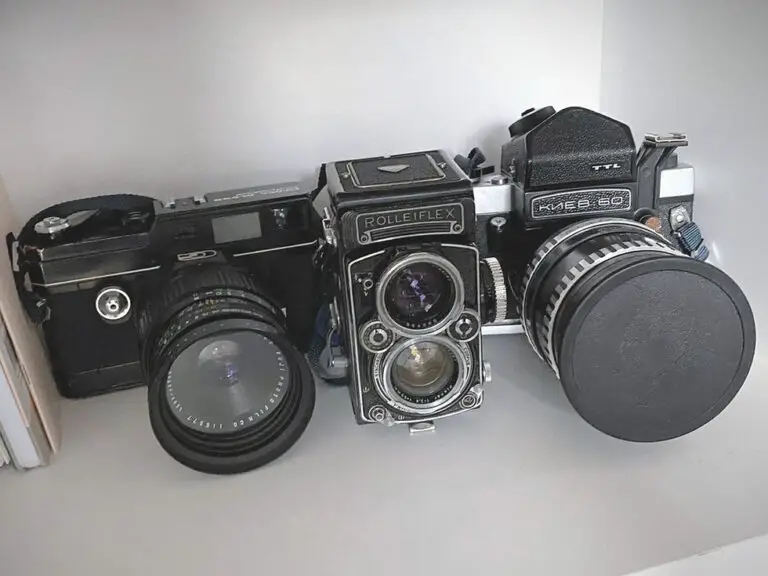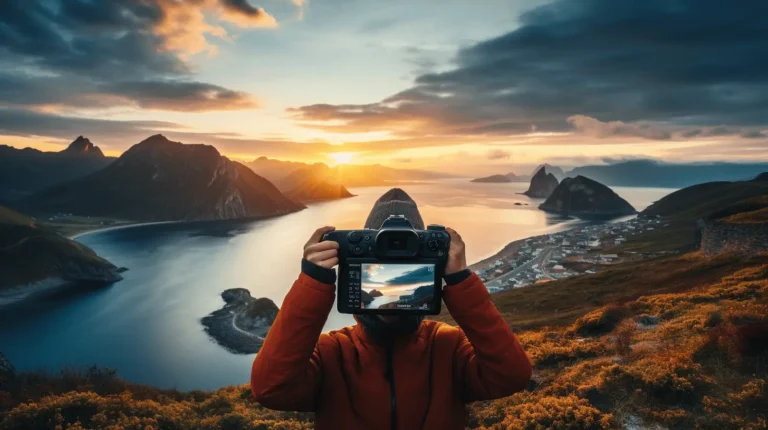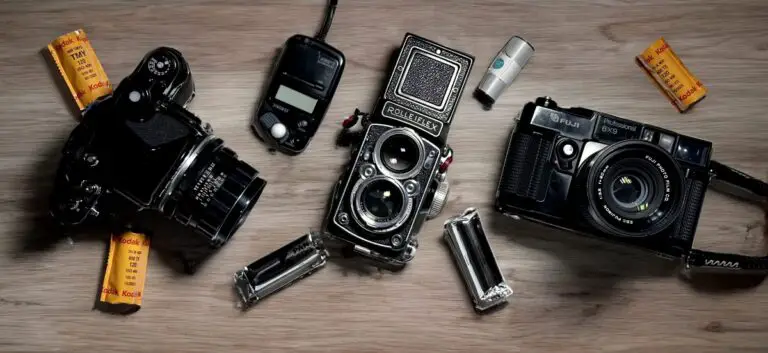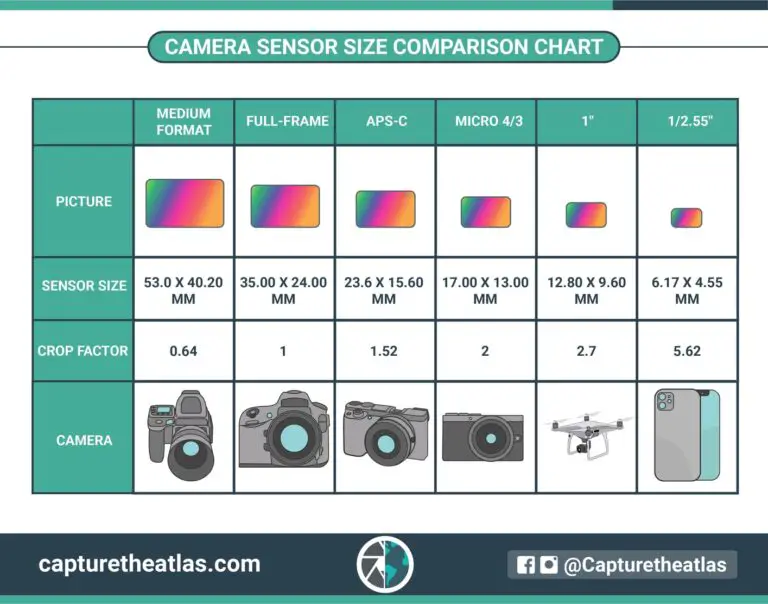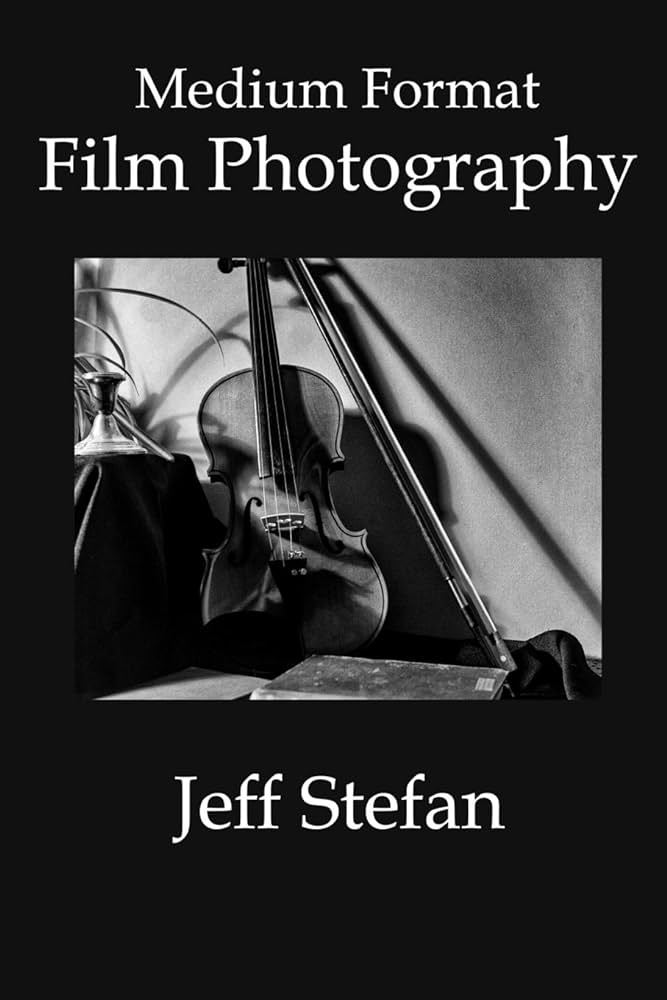The Evolution of Medium Format Cameras: From Film to Digital Medium Format
For the discerning photographer, the medium format camera has always been a coveted tool, capable of capturing images with an unparalleled level of detail and tonality. With a rich history that spans the transition from film to digital imaging and a future full of promise, the medium format camera is an instrument that has not just documented but has also shaped the world of photography.
In this extensive exploration, we will track the metamorphosis of medium format cameras, from their humble origins in film photography to the advanced digital weaponry that graces the camera bags of professionals and enthusiasts today. Our focus will uncover the pivotal technological advancements, the aesthetic impact on the photography landscape, and the imminent changes that lie ahead in the world of medium format imaging.
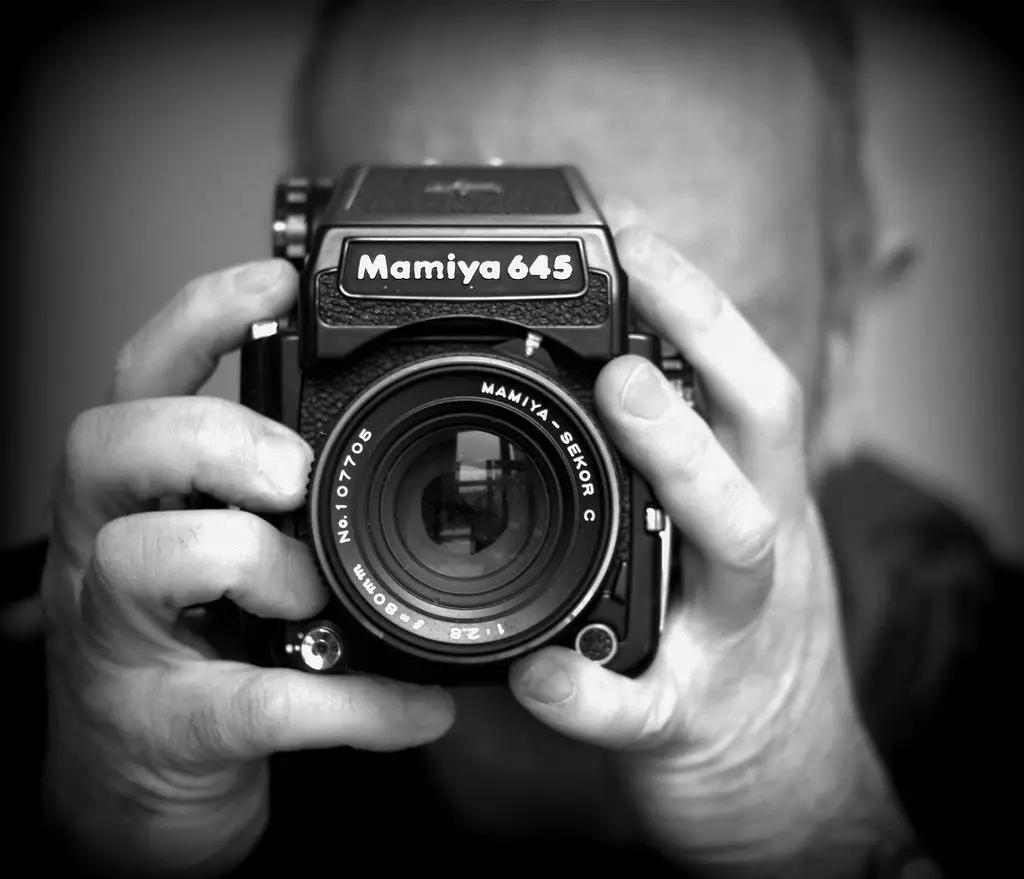
Evolution from Film to Digital
Medium format cameras, with their larger-than-standard film sizes, have been a staple in photography since the late 19th century. Historically, they were the preferred choice for portrait and landscape photographers, thanks to their larger negatives, which led to higher image fidelity and the ability to enlarge images without losing quality.
History of Medium Format Cameras
The first medium format cameras appeared in the 1890s, coinciding with the introduction of flexible roll film. These cameras were a marked departure from the bulkier, single-exposure plate cameras, and their ability to shoot multiple frames revolutionized the concept of photography, making it more accessible to enthusiasts.
By the mid-20th century, medium format cameras had evolved significantly, with systems like the Hasselblad 500 series becoming the zenith for both professional and space-travel photography.
Advantages of Film Medium Format
Film medium format cameras offered superior image quality with greater dynamic range, making them the gold standard for professionals. They were also lauded for their mechanical precision and the ritualistic workflow that many photographers cherished. The dreamy, almost painterly quality of their output remains unmistakable to connoisseurs of photography.
Transition to Digital Medium Format
The turn of the 21st century heralded a new era for medium format photography as digital technology began to infiltrate every aspect of imaging. Early digital backs for medium format cameras were expensive and clunky, but their arrival marked a significant shift in the industry as professionals and studios were offered the unrivaled quality of medium format with the convenience of digital.
Key Technological Advancements
The migration to digital opened a Pandora’s box of possibilities for medium format cameras, leading to significant strides in sensor technology, resolution, and overall image quality.
Sensor Technology
The heart of any camera, the sensor, underwent radical improvements in medium format systems. CCD sensors, known for their superior color reproduction, gave way to CMOS sensors, which provided better low-light performance and faster readout speeds.
Resolution and Image Quality Improvements
The hallmark of digital medium format photography has been its resolution. Early digital backs offered a few megapixels more than their 35mm counterparts, but today’s medium format cameras can routinely produce images surpassing the 100-megapixel mark, with a level of detail that seems almost infinite.
Connectivity Features
Where medium format cameras once stood as solitary devices, the digital evolution has seen them become a part of interconnected ecosystems. Modern models come equipped with Wi-Fi, Bluetooth, and even GPS, allowing for seamless integration with post-processing software and instant sharing capabilities.
Impact on Photography Enthusiasts
The advent of digital medium format cameras has democratized the use of these once-exotic devices, leading to a renaissance in their popularity among a new generation of visual artists.
Enhanced Creativity and Workflow
For photographers, the transition to digital medium format has not just been about image quality but also about allowing for more creative freedom. The ability to work with high-resolution files has opened doors for cropping and other manipulations without degrading picture quality.
Market Trends and Demand
The photography industry has seen a surge in demand for medium format cameras, with a flurry of new products catering to this segment. This expanded market has resulted in more competitive pricing and a greater variety of options to suit different niches within photography.
Comparison with Other Camera Formats
The medium format camera does not exist in a vacuum, and it’s important to understand its place in the broader spectrum of photographic tools.
Pros and Cons of Medium Format vs. Full-frame and Mirrorless Cameras
Where medium format excels in image quality and resolution, its smaller full-frame and mirrorless counterparts often win in terms of portability and versatility. Both full-frame and mirrorless systems have made significant strides to bridge the gap in image quality, while medium format cameras continue to set the benchmark for detail and tonality.
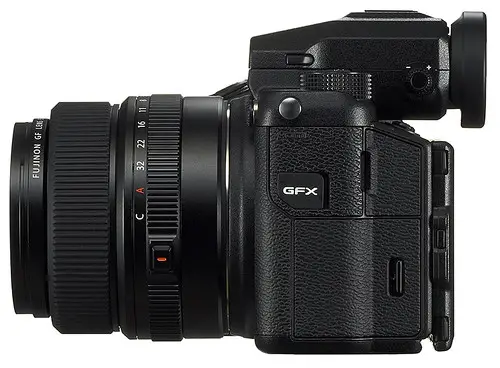
Future Trends in Medium Format Photography
The future for medium format photography is teeming with potential, as camera manufacturers and photographers alike continue to push the boundaries of what’s possible.
Predictions and Innovations
We can anticipate further integration of AI, machine learning, and computational photography into medium format systems, promising even more refined image processing and workflow enhancements. Additionally, advancements in mirrorless technology and electronic viewfinders are likely to make medium format cameras more accessible and user-friendly.
Conclusion
The evolution of medium format cameras from their film ancestry to today’s cutting-edge digital systems is a testament to the resilience and adaptability of photography as an art form. Despite the challenges and changes of the past, medium format cameras have not only survived, but they have thrived, continuing to inspire and challenge photographers to new heights.
As we stand on this precipice of image-making, one thing is certain — the medium format camera will continue to be an instrument of aspiration for many, an artefact of the past for some, and a beacon of innovation for all who seek to explore the endless frontiers of photography.
